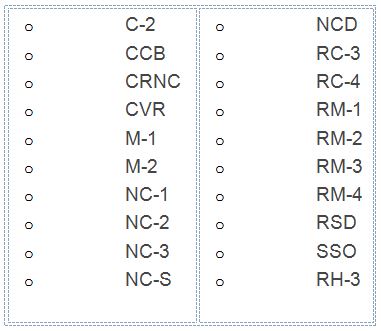Supervisor Kim Proposes More Than Doubling of the Affordable Housing Requirement
The land use environment in San Francisco is shifting rapidly in the final weeks of 2015. Just weeks after a split November election that saw the demise of a development moratorium in the Mission and a flip to the progressives on the Board of Supervisors, Mayor Lee introduced an initiative to increase the affordable housing requirement at next November’s election. And on Tuesday, Supervisor Kim countered that effort by sponsoring a ballot initiative of her own – one that could increase the affordable housing requirement in the June election.
Supervisor Kim’s proposal would increase the affordable housing requirement from 12% to 25% for housing projects of 25 or more units. 15% of units would be required to be affordable to lower income households (for sale units must be affordable to households of 80% AMI; rental units must be affordable to 55% AMI). Another 10% of units would be required to be affordable to middle income households (for sale and rental units must be affordable to households of 120% AMI; some units could increase to 140% if average of affordable units are affordable to 120% AMI). It’s unclear how these changes would affect the affordable housing in-lieu fee.
Technically, the ballot measure would authorize the Board of Supervisors to increase the affordable housing requirement to these levels, meaning the Board would have to act subsequent to its passage. Any affordable housing increase would need the support of at least 8 Board members to avoid a Mayoral veto.
The ballot initiative can qualify for the ballot with the support of six of the eleven members of the Board. To make it on the ballot for the June 7 election, the Board needs to vote it through by February 26th. With six to seven members of the Board already on record supporting an increase in the affordable housing requirement, the first two months of 2016 could be spent negotiating over the final terms of the measure.
We will be following this ballot measure closely, and will be reporting on it in 2016.
Board of Supervisors Passes Increase in the Child Care Impact Fee
The Board passed a measure this week expanding the scope of the existing child care impact fee. Currently, a $1.27/sf fee applies to office and hotel projects of more than 50,000 square feet. The ordinance passed by the Board of Supervisors this week would (1) reduce the threshold for office and hotel projects to 25,000 square feet; (2) increase the office/hotel fee to $1.57 per square foot; and (3) apply a new child care fee to residential projects (both dwelling units and group housing rooms). For projects with less than 10 units, a $0.91/sf fee would apply. For projects with 10 or more units, a $1.83/sf fee would apply.
The new fee was passed on first reading by a unanimous vote of the Board, so it is expected to ultimately pass. This fee would apply in addition to the recently-passed transportation sustainability fee.
The issues discussed in this update are not intended to be legal advice and no attorney-client relationship is established with the recipient. Readers should consult with legal counsel before relying on any of the information contained herein. Reuben, Junius & Rose, LLP is a full service real estate law firm. We specialize in land use, development and entitlement law. We also provide a wide range of transactional services, including leasing, acquisitions and sales, formation of limited liability companies and other entities, lending/workout assistance, subdivision and condominium work.


